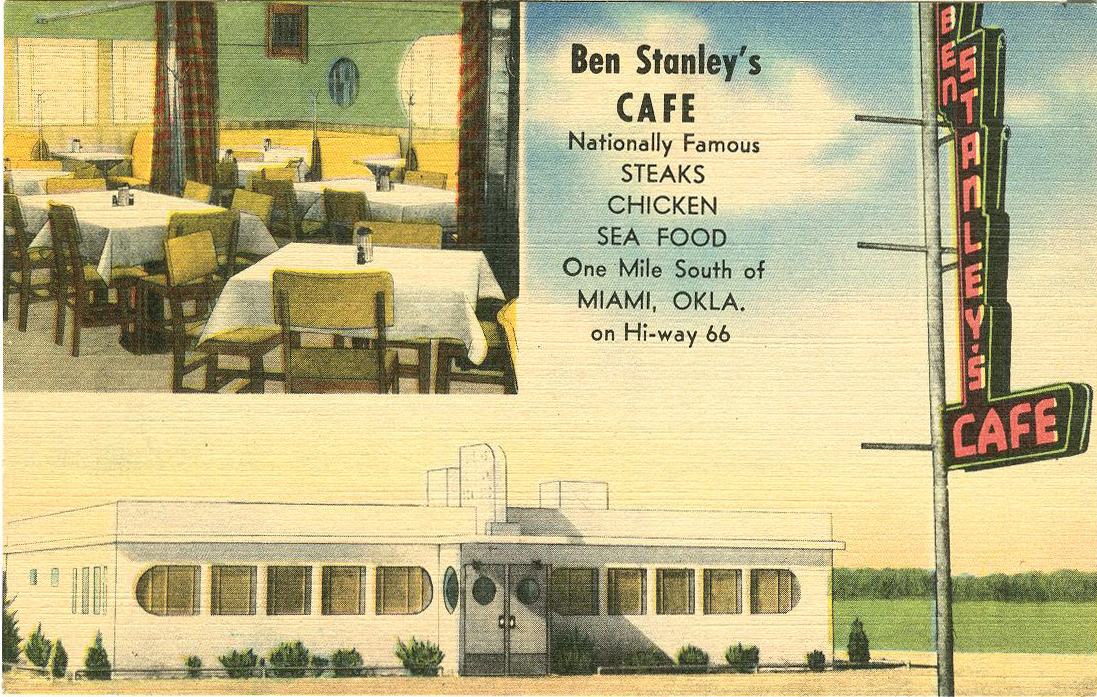Michael Bushnell
Northeast News
A small signpost that bears the number “1933” in downtown Chicago near the intersection of Lake Shore Drive and Jackson marks the starting point of what has become known as “The Mother Road,” or America’s Highway.
US Route 66 was originally commissioned in 1926 by the newly formed Federal Highway Administration as part of a plan to offer the public a United States highway system from coast to coast.
Picking up as many stretches of existing road as possible, “Route 66” as it became later known, spans three time zones, crosses eight states and is 2,448 miles long, ending in Santa Monica, Calif., near the intersection of Olympic and Lincoln boulevards.
When it was commissioned, only 800 or so miles of the roadway was paved.
The roadway wasn’t paved end-to-end until 1937, which sparked entrepreneurial enterprises such as camp grounds, motor hotels and restaurants along the way.
Roadside diners such as the Ben Stanley Café were common along many U.S. highways.
As the description on the back of the card indicates, the café is located 1 mile south of Miami (pronounced My-am-uh), Oklahoma on Highway 66.
Its slogan reads, “Steaks, Chicken, Seafood, Nationally Famous. We Don’t Fool You – We Feed You.”
The advent of the interstate highway system in the late 1950s signaled the beginning of the end for what we now know as “Roadside America.”
Many of the “kitchy” themed motor hotels and restaurants along U.S. highways across the country began to close due to lack of business.
Very few remain today. However, a keen eye for architecture can still spot the old motor courts and motels so popular in the early to mid 20th Century.
Linen postcards of the era, depicting views of roadside taverns, filling stations, motor courts and restaurants such as this, however, are in high demand by collectors who specialize in “Roadside America” genre cards.
As for Ben Stanley’s Café, we contacted the Miami, Okla., Chamber of Commerce to see if any sign of the restaurant existed today.
The prefab Art Deco building shown in the postcard has long since been demolished. A new residential development now stands on the site.
As a side note, the linen postcard shown was actually an advertisement for the National Glass and Mfg. Co. Inc. of Fort Smith, Ark.
In the lower left corner of the card a message reads: “A knock down metal building manufactured complete with equipment and fixtures ready to install on your lot.”

















